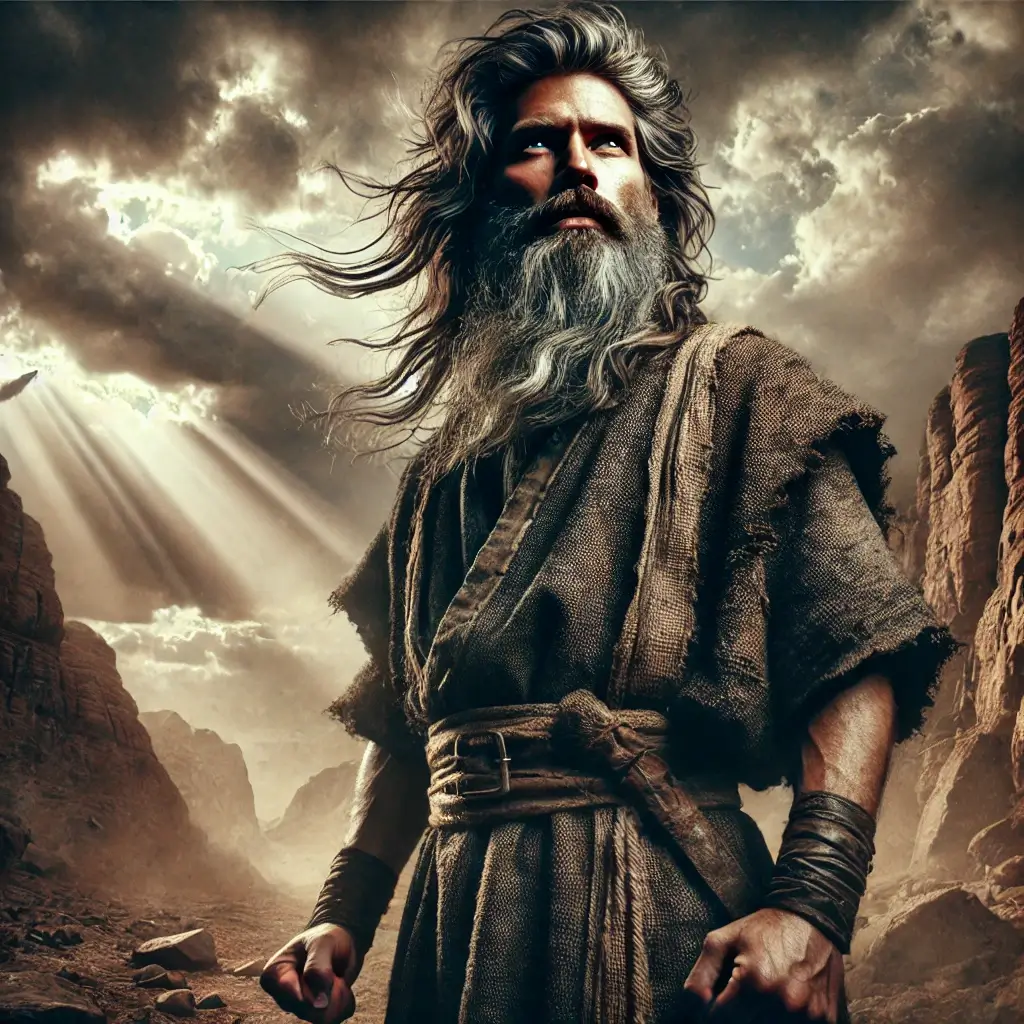6 Jehovah killeth, and maketh alive: He bringeth down to Sheol, and bringeth up.
7 Jehovah maketh poor, and maketh rich: He bringeth low, he also lifteth up.
8 He raiseth up the poor out of the dust, He lifteth up the needy from the dunghill, To make them sit with princes, And inherit the throne of glory: For the pillars of the earth are Jehovah's, And he hath set the world upon them. (1 Sam. 2:6-8 ASV)
Those who deny postmortem opportunity would argue the text is figurative, applying only to this life. However, the Rabbis of Jesus' day would disagree. The two major theological schools of Shammai and Hillel cite it to prove postmortem opportunity.

7 Jehovah maketh poor, and maketh rich: He bringeth low, he also lifteth up.
8 He raiseth up the poor out of the dust, He lifteth up the needy from the dunghill, To make them sit with princes, And inherit the throne of glory: For the pillars of the earth are Jehovah's, And he hath set the world upon them. (1 Sam. 2:6-8 ASV)
Those who deny postmortem opportunity would argue the text is figurative, applying only to this life. However, the Rabbis of Jesus' day would disagree. The two major theological schools of Shammai and Hillel cite it to prove postmortem opportunity.
The House of Shammai says: There will be three classes of people on the Day of Judgment—the completely righteous, the completely wicked, and those in between. The judgment of the completely righteous is immediately written and sealed for the life of the World-to-Come and that of the completely wicked is immediately written and sealed for Gehinnom (hell), as it is said (Daniel 12:2): “And many of them that sleep in the dust shall awake, some to everlasting life and some to shame and everlasting disgrace.” But those in between shall go down to Gehinnom, and when they tearfully pray they shall come up again, as it is said (Zechariah 13:9): “I will bring the third part through the fire, and I will refine them as silver is refined, and will try them as gold is tried, and he shall call on My name, and I will answer him.” It was concerning this last class of men that Hannah said (1 Samuel 2:6): “The Lord kills and gives life. He brings down to the grave and brings up again.”
But the House of Hillel says: When God revealed Himself to Moses and proclaimed before him His glory, He said [He is] “abundant in mercy (hesed)”(Exodus 34:7) — for He inclines the scale of judgment toward the side of mercy. And it was about this third class of men, who are neither completely righteous nor completely wicked, but in between, that David said (Psalm 116:1): “I love the Lord because he hears my voice in prayer”; and regarding them was the whole Psalm written, including (116:6): “I was brought low [through my sins] and He saved me [nonetheless]” (Rosh HaShanah 16b).
Hillel and Shammai did not differ concerning the eternal destinations of the completely righteous and the completely wicked: These would go to heaven and the others to hell. But they did differ about those in between, the great majority: Shammai said they would go to hell, be purified, pray, and then enter heaven; Hillel said they would pray and go directly to heaven.What was the basis for Hillel’s position? He interpreted “abundant in mercy” in the Torah’s description of God’s attributes, as meaning “inclining to the side of mercy.” He taught that God always inclines the scale of judgment to the side of mercy, and so will He do on the Day of Judgment.-Buxbaum, Y. (2008). The Life and Teachings of Hillel. Jason Aronson, Inc.

Home | End Time News
Unlock the Scriptures Discover insights on the prophesied events and prepare for the future with End Time News. Explore Now Site Under Construction Ignore Starter Template Testimonies etc. Read Blog posts only. Guidance Receive expert analysis and interpretations on prophetic scriptures for...
endtimenews.net





